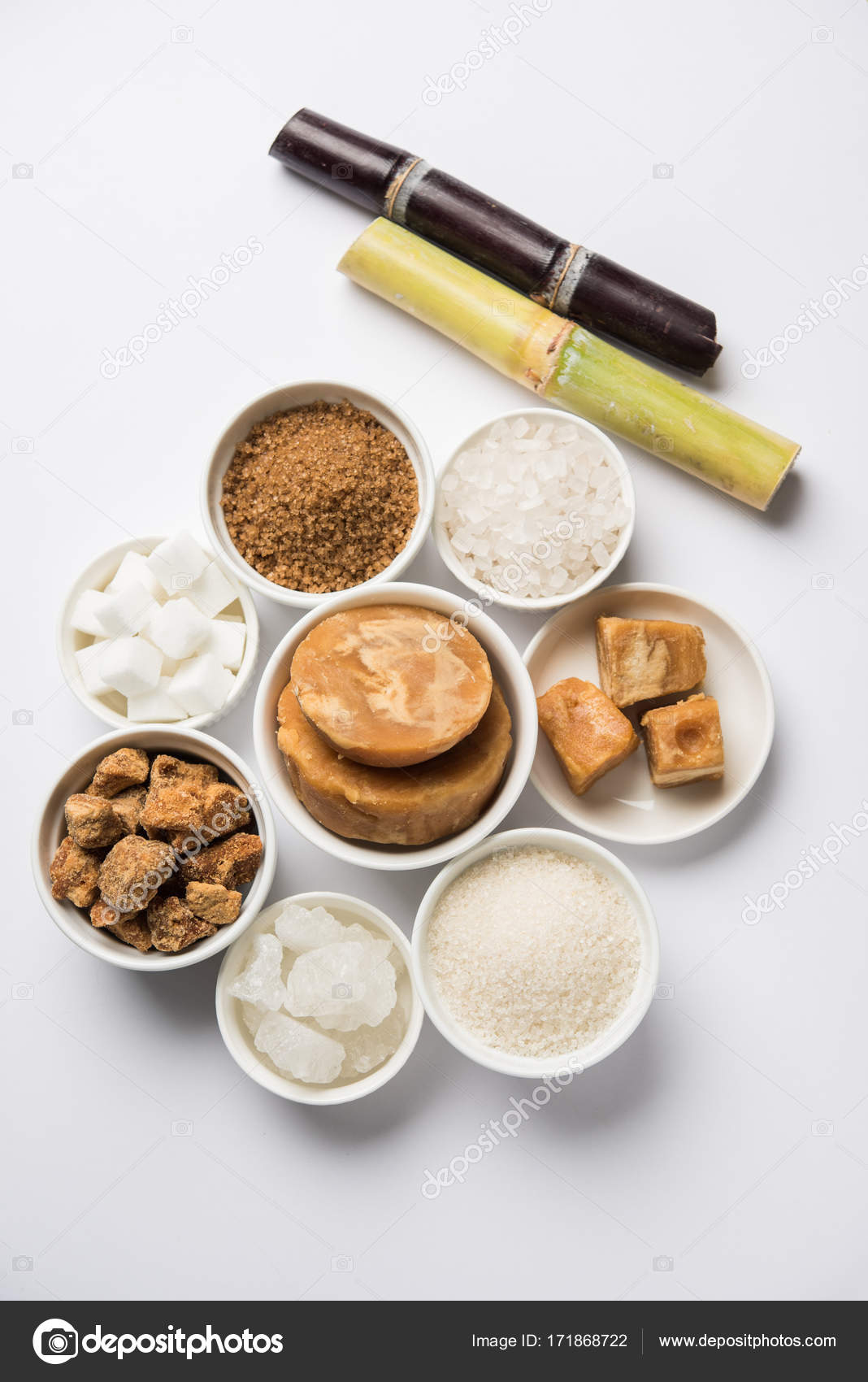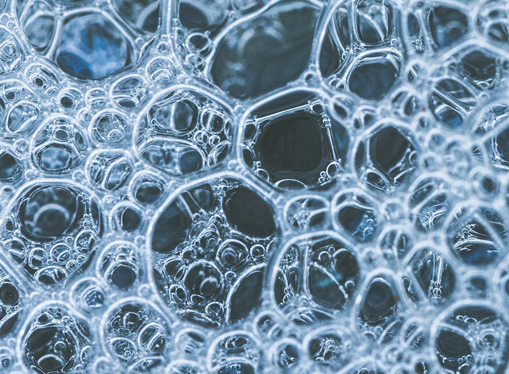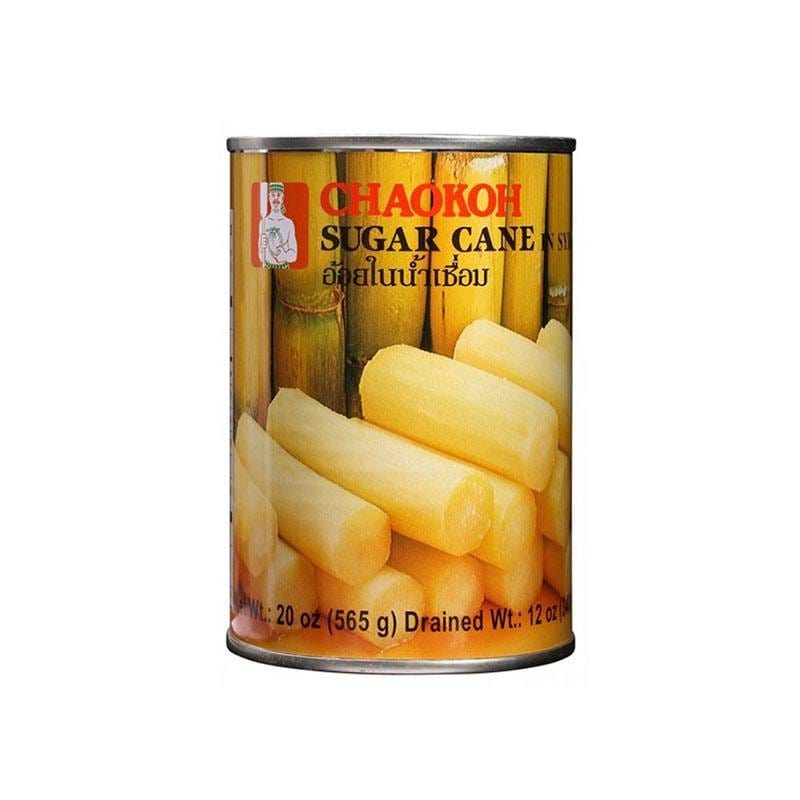Trending Applications of sugar cane products in Everyday Life
Wiki Article
The Comprehensive Trip of Sugar Cane: Understanding Products and Production Methods
The journey of sugar walking stick is a complex process that starts in exotic regions with excellent growing problems. Growing techniques are designed to make the most of return and sustainability. Collecting approaches vary from conventional hands-on strategies to modern-day mechanical approaches. After harvest, sugar cane undergoes various processing stages to change it into granulated sugar. This exploration reveals not just the ins and outs of production yet additionally the wider effects for international markets and the atmosphere. What lies yet preliminary change?
The Background of Sugar Cane Growing
Sugar walking cane farming days back thousands of years, its origins can be traced to the tropical areas of Southeast Asia, where early farmers initially acknowledged the plant's sweet sap. This exploration resulted in the farming of sugar walking stick as a staple plant, gradually spreading out to India and the Middle East. By the very first millennium advertisement, sugar walking stick was being grown in these regions, where methods for removing and fine-tuning sugar were developed.The plant gained prestige in Europe during the Campaigns, as returning soldiers brought knowledge of sugar production back home. By the 15th century, the establishment of sugar ranches started in the Caribbean, driven by the demand for sugar in Europe. The transatlantic slave labor fueled this growth, as enslaved labor was used to optimize production. Over centuries, sugar walking stick farming progressed, affecting economic climates and cultures worldwide, making it a substantial farming asset.Growing Problems and Agricultural Practices
The successful growing of sugar walking stick depends greatly on particular expanding conditions and farming methods. Suitable temperatures range in between 20 to 32 degrees Celsius, with well-distributed rains of 1,500 to 2,500 millimeters yearly. Soil high quality is essential; loamy or sandy dirts, abundant in organic issue, promote healthy growth.Farmers commonly employ various agricultural practices to enhance yield. Crop rotation and intercropping prevail techniques to preserve soil fertility and control insects. Routine irrigation may be required in drier regions, ensuring that the plants obtain appropriate wetness. Fertilization, particularly with nitrogen and potassium, is crucial for robust growth.Pest and weed administration approaches, including integrated insect administration (IPM), help to decrease losses. Sustainable practices, such as marginal husbandry and chemical-free farming, are getting traction amongst producers to protect the setting. Jointly, these variables add substantially to the successful production of sugar walking cane.
Gathering Methods and Timing
In sugar cane production, the option between guidebook and mechanical harvesting substantially influences effectiveness and return. Timing is likewise vital, as harvesting at the perfect minute guarantees optimal sugar material and reduces losses. Recognizing these factors is vital for effective sugar cane growing.Manual vs. Mechanical Harvesting
Collecting sugar cane entails 2 primary techniques: manual and mechanical, each with unique benefits and difficulties. Manual harvesting, generally carried out by laborers using machetes, allows for better precision in reducing and lowers damages to the plant. It is typically preferred in areas with unequal surface or where the plant is interspersed with other plants, as workers can navigate these intricacies extra successfully. It is labor-intensive and taxing. Alternatively, mechanical harvesting uses specialized equipments to cut and collect the cane swiftly, enhancing effectiveness and minimizing labor expenses. This technique is matched for large procedures but can cause greater plant damage and soil compaction. Eventually, the option in between handbook and mechanical harvesting depends on different aspects, consisting of financial factors to consider and environmental problems.Optimal Collecting Timing
Selecting the best moment to collect sugar walking cane significantly influences both yield and top quality. Perfect harvesting normally takes place when the cane reaches complete maturation, usually in between 12 to 18 months after growing. At this phase, sucrose levels peak, ensuring the very best sugar removal rates. Weather also play a crucial duty; collecting throughout dry periods can avoid damage to the walking stick and minimize soil compaction. Additionally, keeping track of the plant's color and leaf decline can suggest readiness, as a yellowing of the leaves suggests that the walking cane is ripe. Prompt harvesting is crucial, as hold-ups can bring about reduced sugar material and boosted vulnerability to insects and diseases, inevitably impacting overall production performance.Processing Methods: From Cane to Sugar
The handling of sugar walking stick entails important extraction methods that divide the juice from the fibrous plant product. Adhering to extraction, the refining process transforms the raw juice right into crystallized sugar, guaranteeing pureness and quality. Understanding these approaches is essential for comprehending the journey of sugar from walking cane to end product.Removal Techniques Overview
Extraction strategies play a considerable duty in transforming sugar cane into functional sugar. Initially, the cane is collected and carried to refining centers where it goes through extensive washing to eliminate pollutants. The following action involves crushing the walking cane using heavy rollers, which releases the juice containing sucrose. This juice is then cleared up with the enhancement of lime and warmth, permitting contaminations to settle out. After information, the juice is vaporized under regulated temperature levels to concentrate the sugar content. Subsequently, crystallization occurs, where sugar crystals are developed as the concentrated juice cools. These techniques ensure the efficient extraction of sugar while maintaining the top quality required for more processing. Recognizing these methods is essential for comprehending the total production of sugar from sugar walking visit the website stickRefining Process Explained
Refining sugar from the removed juice is a vital step that improves its purity and quality. This process involves a number of phases, starting with explanation. The juice is heated and treated with lime and various other representatives to eliminate pollutants, causing a clearer fluid. Next off, the clarified juice undergoes evaporation, where water is eliminated to focus the sugar material. The concentrated syrup is after that taken shape by cooling, enabling sugar crystals to form. These crystals are divided from the staying syrup, referred to as molasses, through centrifugation. Lastly, the raw sugar is more fine-tuned through washing, filtering, and drying, which removes any type of staying impurities. Completion item is the granulated sugar generally utilized in houses and markets worldwide, ensuring consistency and sweet taste.Sustainable Practices in Sugar Cane Production
Although sugar walking stick production has commonly depended on extensive farming methods, there is an expanding focus on lasting techniques that promote environmental health and wellness and economic feasibility. Farmers are increasingly adopting strategies such as plant turning, which enhances soil fertility and decreases pest infestations. Integrated pest monitoring (IPM) is additionally getting traction, permitting all-natural killers to manage pest populations, thereby reducing chemical pesticide use.In addition, developments in irrigation approaches, such as drip irrigation, are being made use of to save water resources. Lasting land monitoring methods, consisting of reduced husbandry, help stop soil erosion and keep biodiversity. Numerous manufacturers are checking out natural farming techniques, which avoid synthetic fertilizers and chemicals completely, fostering a much healthier ecosystem.The International Sugar Market and Economic Influence
Sustainable practices in sugar walking stick production not only benefit the environment yet additionally influence the characteristics of the worldwide sugar market. As customer demand changes in the direction of fairly produced products, nations taking on sustainable approaches obtain affordable advantages. This trend motivates significant sugar exporters, such as Brazil and India, to integrate environmentally friendly techniques, therefore affecting worldwide pricing and supply chains.Moreover, fluctuations in production as a result of climate adjustment and ecological guidelines can trigger volatility in sugar rates, impacting economic climates reliant on sugar exports. Regions that spend in lasting farming might experience enhanced return stability, leading to better market positioning.Economic influences expand past individual nations, as worldwide trade agreements and tolls form the affordable landscape. Ultimately, the interplay between lasting techniques and market dynamics underscores the value of flexible techniques in a quickly altering financial atmosphere, influencing both manufacturers and customers in the international sugar market.Developments in Sugar Cane Use and By-products

As the demand for eco-friendly check out this site sources grows, developments in sugar walking stick utilization and results are changing the agricultural landscape. Researchers and entrepreneurs are checking out unique applications that expand past standard sugar production. One considerable development is the conversion of bagasse, the fibrous deposit left after juice extraction, right into bioenergy and bioplastics (sugar cane products). This not just decreases waste yet also gives lasting energy choices for handling facilities.In addition, improvements in fermentation technology have led to the production of biofuels, such as ethanol, from sugar walking stick, which contributes to cleaner energy remedies. The extraction of molasses has opened methods for developing value-added items like animal feed and specialty spirits.These technologies his comment is here not only enhance the financial viability of sugar walking cane growing yet also advertise environmental sustainability, making sugar walking cane an essential crop in the change towards a circular economic situation. The continuous exploration of its prospective remains to generate appealing outcomes
Often Asked Questions
What Are the Wellness Results of Consuming Sugar Cane Products?
The health and wellness results of consuming sugar walking stick items can differ. While they supply power and crucial nutrients, too much usage may bring about weight gain, enhanced blood sugar level levels, and a greater danger of oral problems. Small amounts is essential.Just How Does Climate Adjustment Effect Sugar Cane Production?
Environment modification significantly influences sugar walking stick production by modifying rainfall patterns and raising temperatures. These modifications can lead to minimized yields, boosted pest pressures, and obstacles in maintaining soil wellness, ultimately impacting both quality and quantity of harvests.
What Is the Duty of Sugar Cane in Biofuel Production?
The duty of sugar cane in biofuel production is considerable; it functions as a renewable resource resource, converting sugars into ethanol. This process reduces reliance on nonrenewable fuel sources and aids reduce greenhouse gas discharges, advertising environmental sustainability.
Exist Any Alternative Sugar Derived From Sugar Cane?
Alternative sugar derived from sugar cane consist of molasses and walking cane sugar itself. These items supply sweetening choices while preserving some dietary benefits, making them popular choices for consumers seeking natural choices to fabricated sugar.Exactly How Does Sugar Cane Farming Affect Resident Communities?
Sugar cane farming considerably impacts neighborhood areas by supplying employment possibility, improving local economic climates, and influencing social frameworks. It can likewise lead to environmental problems and health and wellness issues, demanding a balanced strategy to sustainable practices - sugar cane products.Report this wiki page